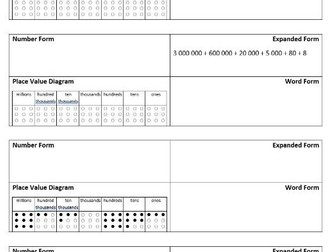Trigonometry - Labelling Triangles
<p>Resource for introducing Trigonometry, providing practice on labelling triangles, sometimes given the angle, sometimes given one of the sides.<br />
Following the principles of variation and mastery, the triangle stays the same throughout the worksheet, and only the orientation or the given information changes</p>
